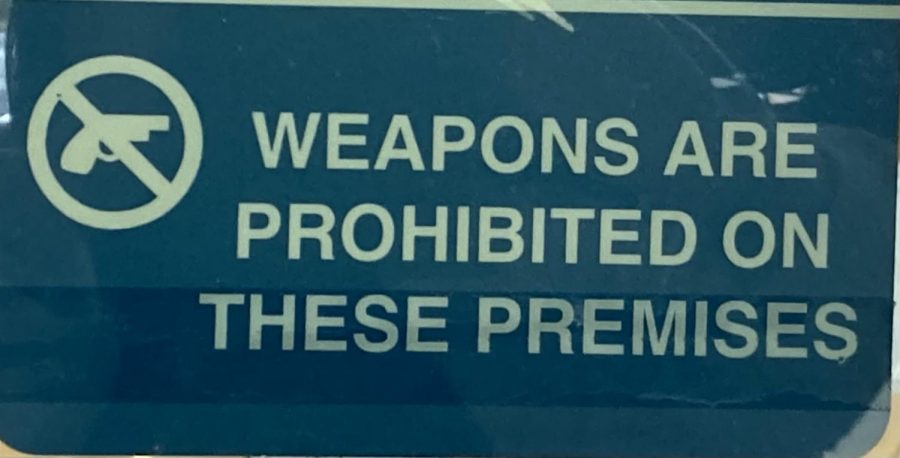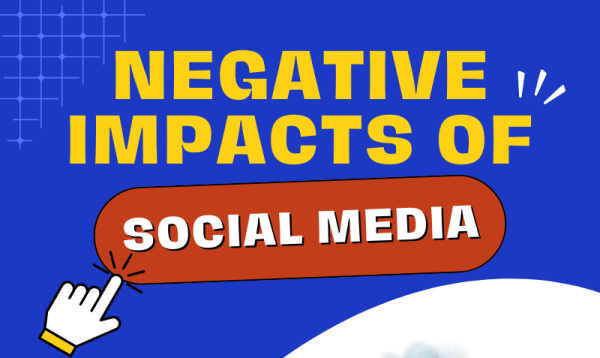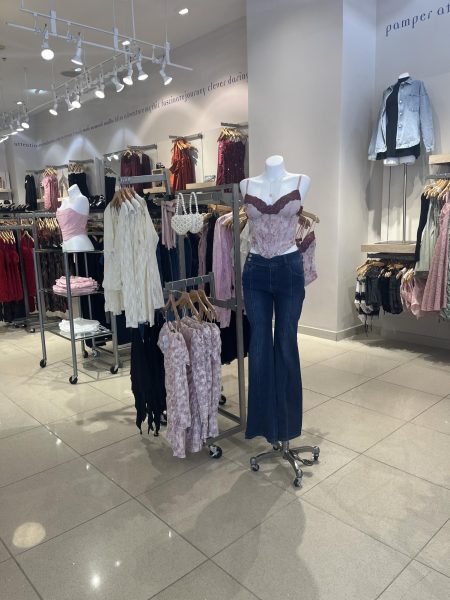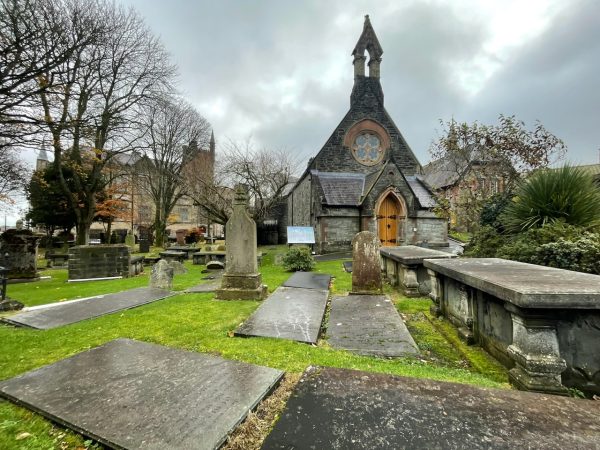WE CAN’T CALL THIS A FALSE ALARM
As long as I’ve been in school, I’ve participated in intruder drills. When the announcement for the drill was made, our teachers would tell us to line up along the walls. They’d shut the door, check that it was locked, turn off the lights and then hide with us. We’d wait until someone from administration came and jiggled the doorknob, making sure that it was locked. After about five minutes, the intercom would buzz with the message that the drill was over, and we would resume class as if nothing happened.
These drills always made my heart race and sent adrenaline throughout my body. I was jittery and unable to focus when I sat back down to restart learning. It was like all my senses were operating at a 10 and I couldn’t get them to return to normal until an hour later. I didn’t even realize how much the drills caused me anxiety until I realized that the idea of gun violence made me anxious. I didn’t like walking to the bathroom during class in case I got trapped during an actual crisis; I preferred when my teachers shut and locked their doors because that felt safer. Even those who don’t feel anxiety as a direct result of gun violence have experienced these drills and this protocol. It is a result of the reality we live in, a world where gun violence at school is a legitimate possibility and threat.
When we were put into lock down after the homecoming football game, there were no questions. We do not live in a society in which we question the realness of gun threats made at school. We were told to go inside and hide, so we went inside and hid. I was sitting in a locker room, trying to find a signal to text my friends to see where they were, trying to contact my parents to tell them what was happening. Around me, kids were making frantic phone calls, crying and repeating “I love you”. We were released, the whole ordeal took maybe an hour, and only after leaving the locker room did my phone flood with the messages I had not received, the calls I had missed. I went through my contacts one by one checking on everyone I knew had been at the game. No one was hurt physically, but the emotional impact was already being felt.
No one was injured, but this is not a false alarm. We should not call this a false alarm, we should take this as an indicator of a larger problem. We need to view this as an example of what happens when gun violence at schools becomes socially normal. It is impossible to measure the long term emotional trauma that students, teachers, and parents will feel in the wake of this. It is impossible to give back the safety and peace of mind that was lost. There is no way to undo this event or any instance of gun violence in the past; there is only a way to prevent it in the future.
We know that guns and firearms are dangerous. We know that they hurt people. We know that they kill people. If we know all these things, action must be taken. Guns need significant and major restrictions, they need to be banned- they need to be removed from the equation. Because we know it isn’t safe, it’s time we started acting like it. It’s time that we stop worrying about whether or not it’s a false alarm and start preventing the alarm from ever going off.
According to the Centers for Disease Control and Prevention, guns were the leading cause of death in minors (aged 1-19) in 2019.
The undeniable truth:
As published by the Sandy Hook Promise: In about 68% of school gun-related incidents, the weapon was taken from the house of a friend, family-member, or home.
Giffords, a gun-violence prevention organization, found that having access to guns triples the risk of suicide. And that 51% of suicides involve guns.
Giffords also found that gun violence disproportionately impacts communities of color.
Additionally, 3 million children are directly exposed to gun violence every year, according to Giffords.
Everytown, another organization dedicated to ending gun violence, stated that children exposed to community violence, whether it be seeing a shooting or hearing gunshots, are less likely to succeed in school. On top of this, children exposed to violence have lower grades and more absences.
Full CDC report referenced above: Educational Fund to Stop Gun Violence and Coalition to Stop Gun Violence. (2021). A Public Health Crisis Decades in the Making: A Review of 2019 CDC Gun Mortality Data. Available: http://efsgv.org/2019CDCdata







